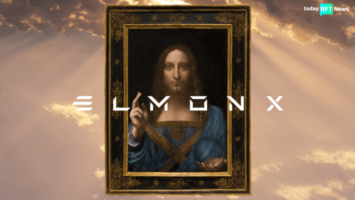SNEAK PEEK
- Ryder Ripps and Jeremy Cohen (also known as “Pauly”) face legal challenges.
- The defense’s arguments were not persuasive to the Ninth District U.S. Court of Appeals judges during the October 17 hearing.
- Sprankling positioned Ripps and Cahen’s NFT sales as avant-garde art aiming to push the boundaries of free speech.
Ryder Ripps, a prominent NFT artist, and Jeremy Cohen, identified as “Pauly” in certain circles, faced an uphill battle in a recent courtroom showdown. The duo’s defense, led by esteemed attorney Thomas Sprankling of the WilmerHale firm, seemed unable to sway the Ninth District U.S. Court of Appeals judges in an October 17 hearing.
Moreover, the crux of the defense revolved around the controversial Bored Ape NFTs. Sprinkling asserted that these NFTs, supposedly imitating the original Yuga Labs collection, served as a protest against hidden anti-Semitic imagery. By positioning Ripps and Cahen’s sales as avant-garde, the attorney emphasized the boundaries of speech they intended to push.
Additionally, Sprinkling referred to the anti-SLAPP statute in California, which aims to halt lawsuits that intimidate and suppress free speech. He told the panel that the statute is a safeguard, ensuring no speech-chilling threats arise from legal proceedings. Furthermore, the defense motion under anti-SLAPP highlighted their belief that Yuga Labs initiated the lawsuit merely to stifle their protest art and inundate them with exorbitant legal fees.
However, the judges focused on the NFT sales rather than the proclaimed artistic intent. In a poignant moment, Judge Anthony Johnstone remarked, “He was selling the same images, on the same marketplaces, on virtually indistinguishable NFT identifiers.” Echoing a similar sentiment, Judge Morgan Christen voiced her confusion, indicating that the defense’s argument failed to resonate with the bench.
In conclusion, while the artist’s intentions might be rooted in pushing the boundaries of expression, the court’s focus seems firmly on sales and potential infringement. As the case progresses, how this interpretation shapes the final judgment remains to be seen.








